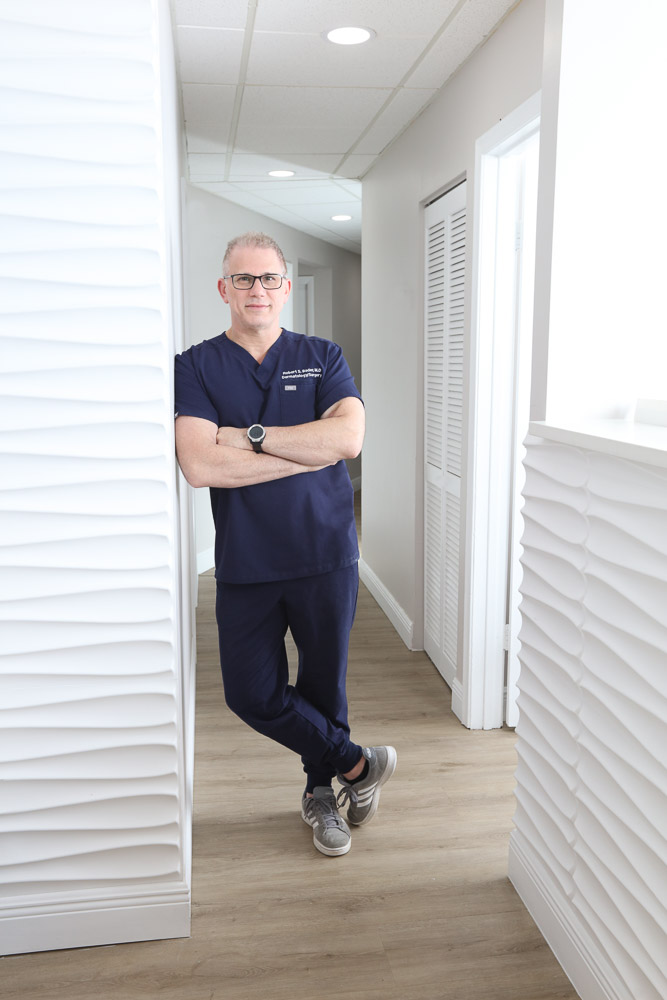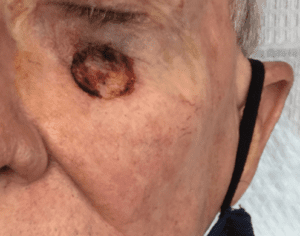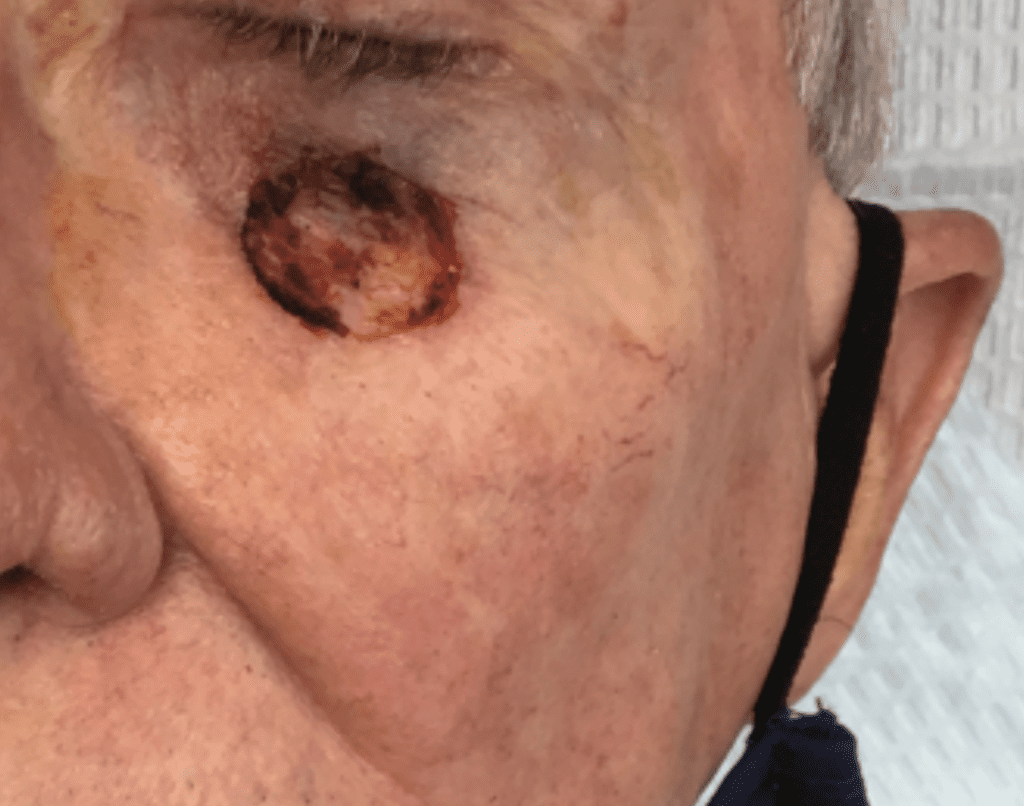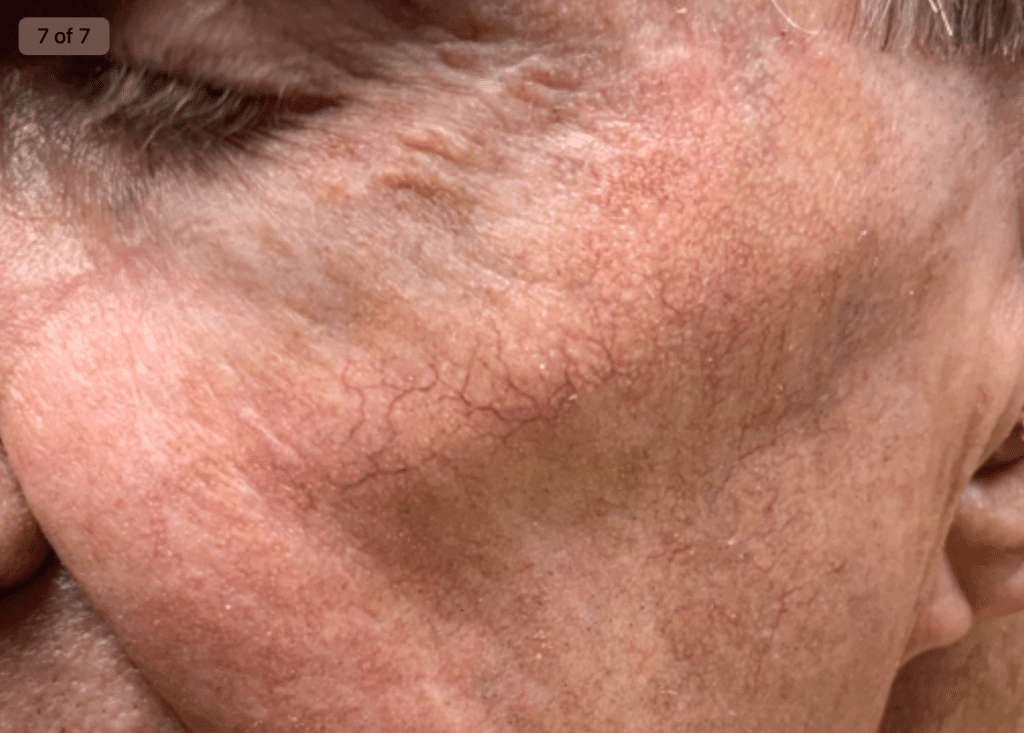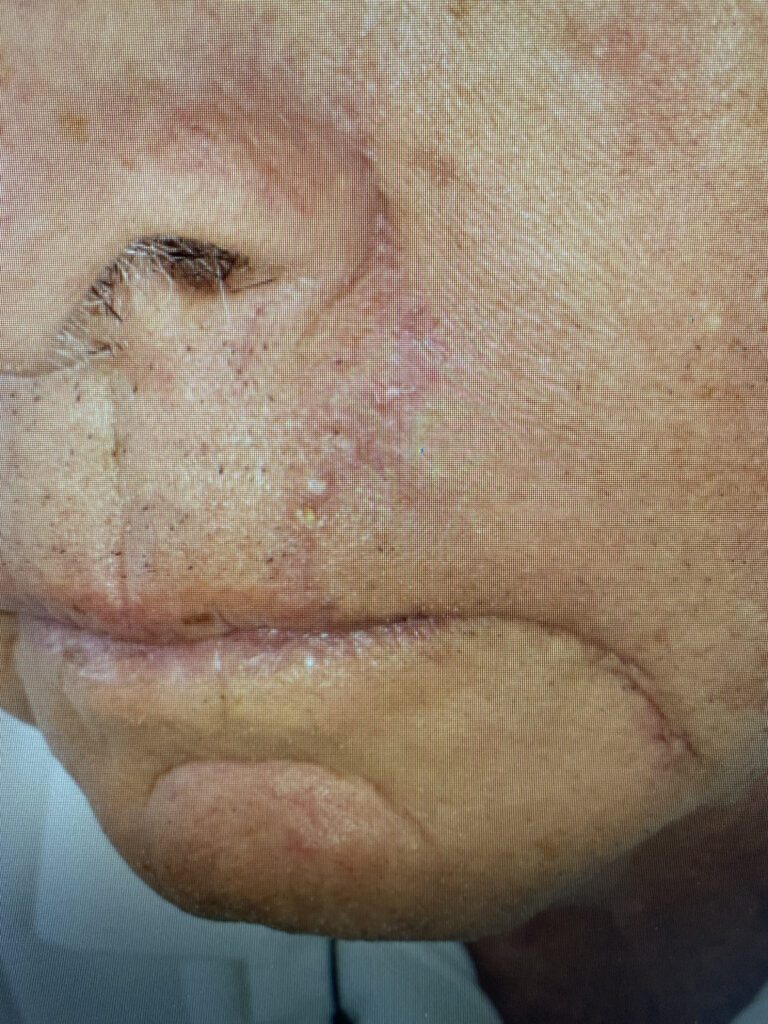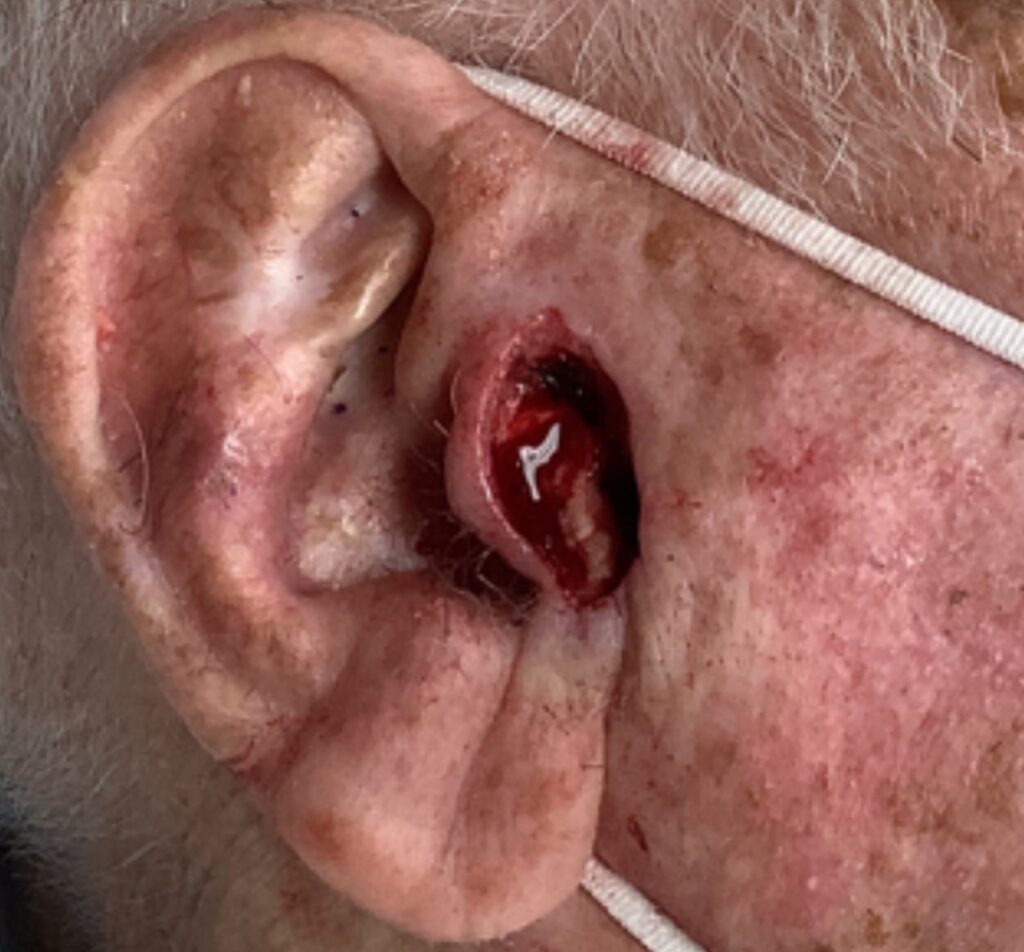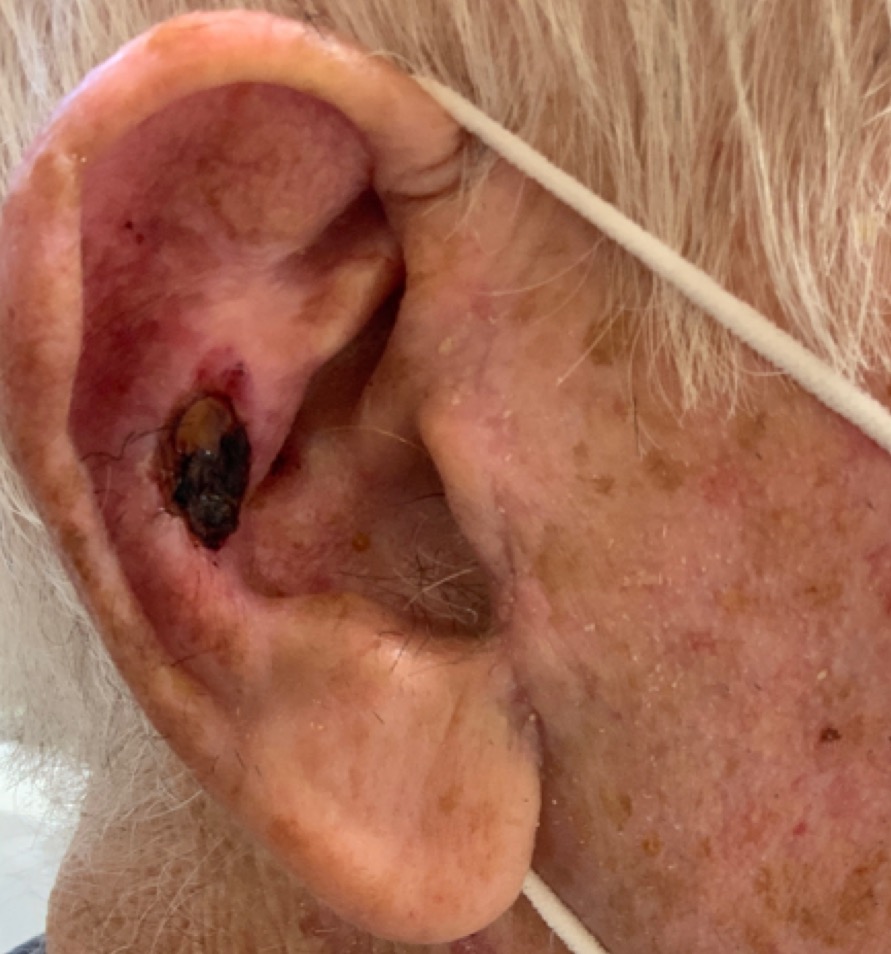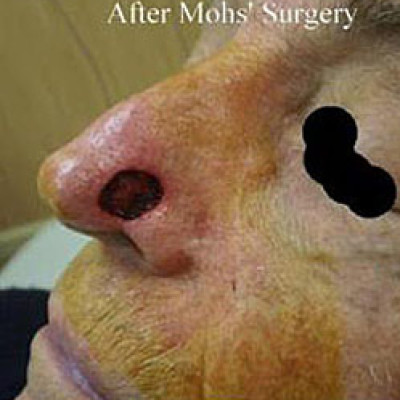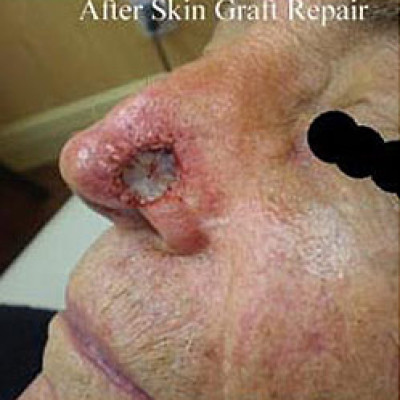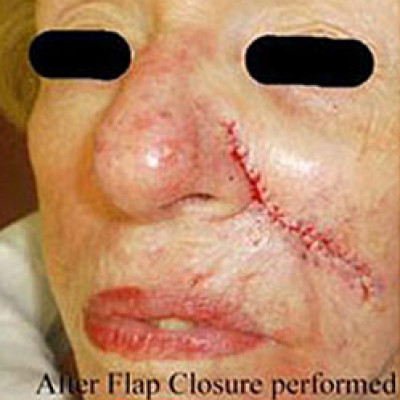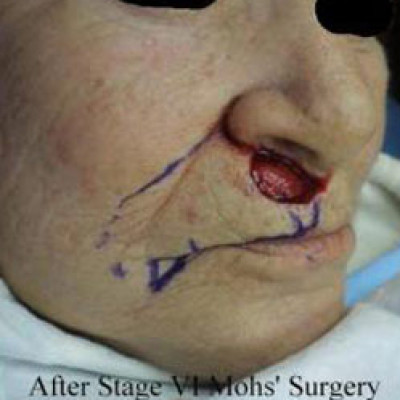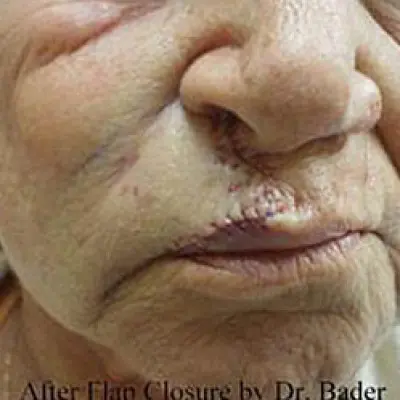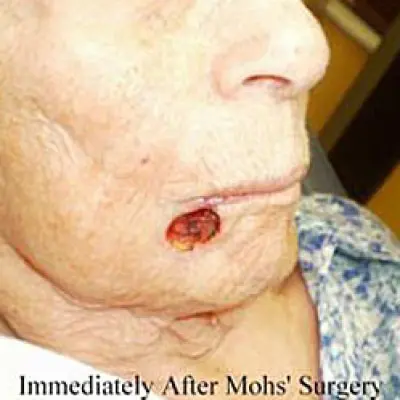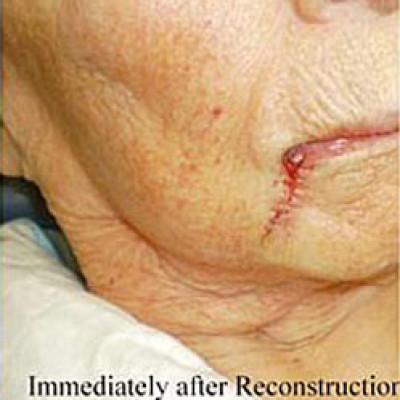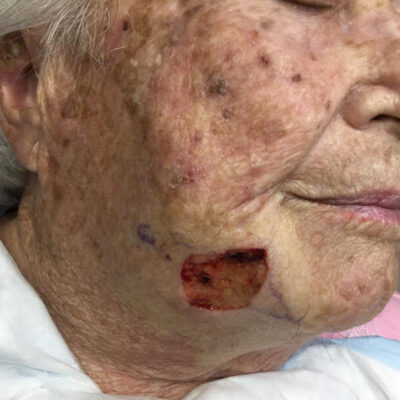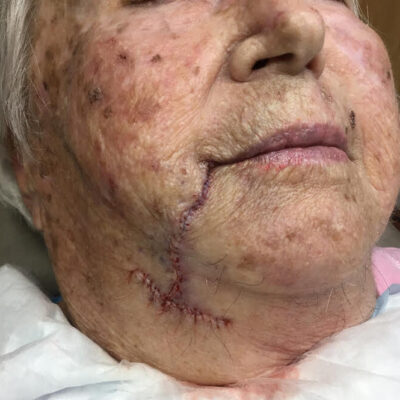What is Mohs' Surgery?
Treating cancers with skin cancer surgery does not have to be scary. Finding the proper treatment and knowledge is tough, but Mohs’ Micrographic Surgery is a highly specialized method of removing and examining cancerous tissue to ensure its removal.
Frederic Mohs first invented this procedure and our surgeon is highly qualified and well-trained in treating cancerous growths. So, if you are searching for the 'best Mohs' surgeon near me' or the 'best Mohs’ surgeon near me' on Google, you should visit our expert Mohs' Surgeon, Dr. Bader!
This procedure has the highest cure rate (least chance of the skin cancer growing back) when treating the most common forms of skin cancer, basal cell carcinoma and squamous cell carcinoma. We understand that treating cancer may not be easy, but Dr. Bader will take the time to explain all of the options available to you to put you at ease. We also offer laughing gas for those who are afraid of needles or can prescribe an oral medication that can help you relax on the day of your surgery. We want this to be as easy as possible for you.
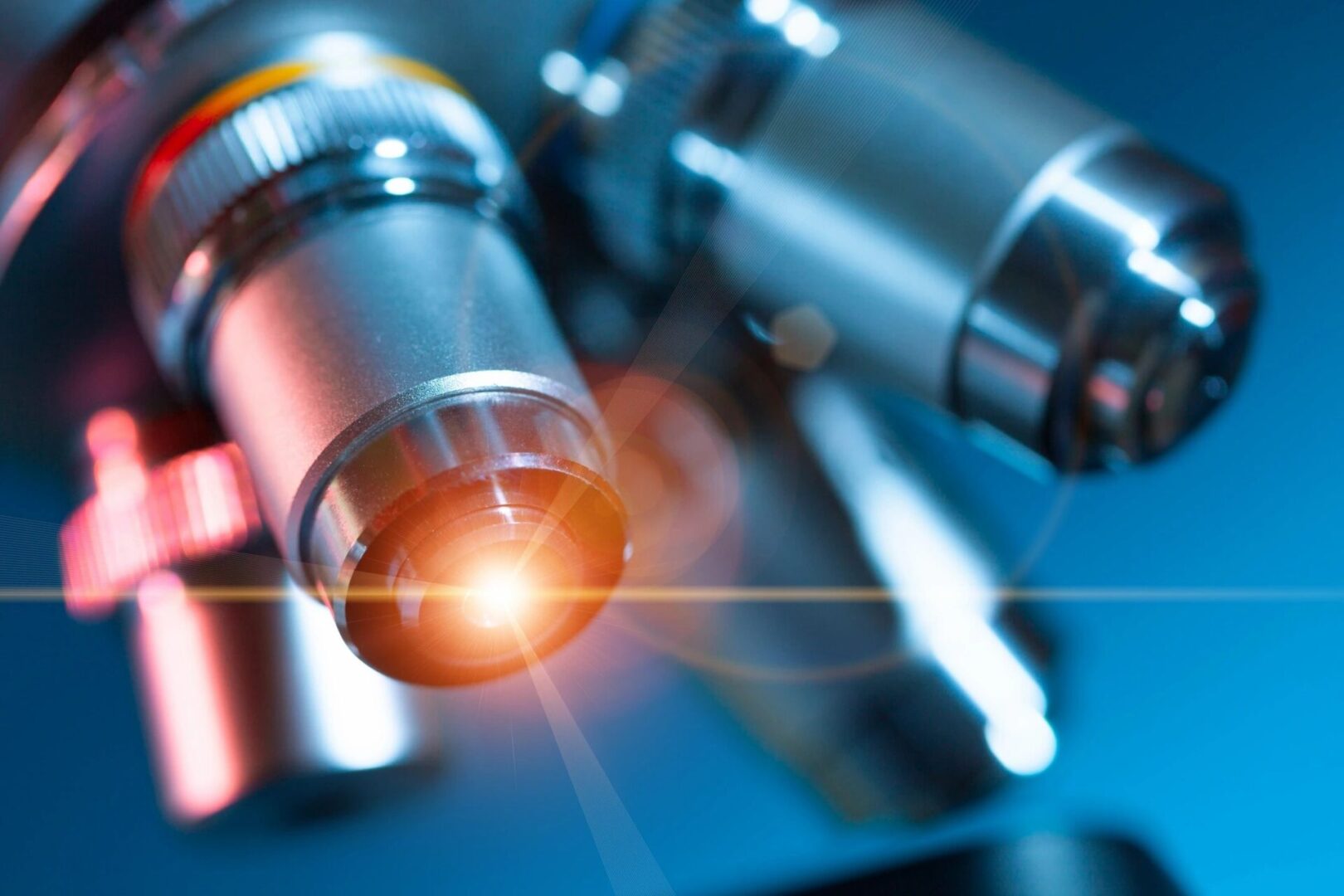
How is Mohs' Performed
- The area is first cleansed with alcohol.
- The visible tumor is identified and marked (usually with a purple gentian violet marking pen)
- The area is numbed using tiny needles and injecting a local anesthetic
- The area is prepped (cleansed) using Betadine® or Hibiclens® to reduce the risk of infection.
- The tumor itself is often removed using a curette (small sharp tool) or cut out using a scalpel.
- A small margin (usually < 1mm) of normal appearing skin is removed all around and underneath the area where the tumor was. This is called Stage 1. This skin is used for examination.
- The skin removed from Step 6 is inked for orientation purposes so that if there is any cancer remaining, the surgeon can go to the exact location where it remains to remove more tissue (which would be Stage 2, etc.)
- The tissue is then frozen and cut and placed onto glass slides that will be stained.
- The slides are then examined by the surgeon to ensure that all of the cancer is out. If the cancer is not all out, the surgeon can locate the area on the patient where cancer remains by the dyes that were used for orientation purposes and take an additional stage (see steps 7-9).
- After all of the cancer is out, the wound can be left to heal by itself (without stitches) or closed using stitches. If you are searching for a Mohs' dermatologist near you, there is no better option than us. Let’s heal together!
Common misconceptions about Mohs’ Micrographic Surgery
I want the "Best Mohs Surgeon Near Me" Robert S. Bader, M.D: Fellowship Trained & Board Certified in Mohs' Surgery
Everyone wants the best surgeon possible, but what makes one better than the other? For a Mohs' Surgeon, you want to get the tumor out completely--complete cure without recurrence. That is the goal!
What do I look for in a Mohs' Surgeon?There are three things that one should look for: 1. Fellowship trained at a major training program, 2. Board-Certified in Mohs; Surgery (there has been a board now since 2021), 3. A history of great results.
I found a surgeon that meets the above three criteria, is that enough? Unfortunately, many Mohs' surgeons take pieces that are intentionally small, thus requiring multiple stages. This is unnecessary, increases cost considerably, takes much more time, and may result in a larger defect (hole). This is NOT in your best interest. Dr. Bader achieves clear margins in over 70% of his cases within the first stage of Mohs'. Dr. Bader is fellowship trained and double board certified in Dermatology and in Mohs' Surgery.
Why does one result look better than another? For the reconstruction, one wants a surgeon that can make the site look as close to normal as possible. With any surgery, there will be a scar, but one can make them as small as possible or hide them as much as possible.
Like in every industry, there are good surgeons and ones that are not as good. Everyone has seen "bad plastic surgery" before. This is no different.
During his residency in Dermatology at MCP-Hahnemann University Hospital, Dr. Bader had extensive training in Mohs’ Micrographic and reconstructive surgery. After residency, where he also served as Chief Resident, Dr. Bader completed a one-year fellowship in Mohs’ Micrographic Surgery and Dermatologic Plastic Surgery. Mohs’ Micrographic Surgery is only a method to remove a tumor. Following the removal of the tumor, Dr. Bader utilizes Plastic Surgery to reconstruct the defect to leave the least amount of visible scar. In many cases, laser is recommended to further reduce the appearance of the scar.
Some Mohs' Surgeons have another doctor come in to perform the reconstruction or send the patients out for reconstruction. Is this better?
Dr. Bader is able to reconstruct 99% of the cases in the office immediately after Mohs’ Micrographic Surgery. In addition to the added convenience of having the procedure completed in one location on a single day in nearly all cases, one does not have to go to a hospital operating room or ambulatory surgery center, which can cost thousands of dollars. Using a different surgeon to close the wound in the office is usually done because the reimbursement is 50% more to do so--it costs the patient more and ONLY benefits the physician practice monetarily.
After the tumor is removed, Dr. Bader will discuss your options with you to come up with the best solution for you based on cosmetic outcome, risk, cost, and aftercare. This is a personalized decision as everyone has different priorities. In short, Dr. Bader wants the outcome that is best for you.
